Insights From the First Annual CDE Report
Diving into the current adoption, challenges, and growth perspectives of cloud development environments (CDEs).


At CodeSandbox, we run your code in our cloud infrastructure, configure the environment for you and keep your code always ready, behind a shareable URL. Give it a try with this Next.js example or import your GitHub repo!
During the last decade, we witnessed a relentless journey of moving IT infrastructure to the cloud. This cloud migration has become increasingly prominent from data storage to application hosting.
Amidst this move, cloud development environments (CDEs) recently emerged and made headlines after being featured on Gartner’s 2023 Hype Cycle for Emerging Technologies, which states that 60% of cloud workloads will be built and deployed using CDEs by 2026.
However, CDEs have been called a “quiet revolution” that is still widely unknown. So, to shed light on CDEs, we recently surveyed 2228 professionals working in software development, where we inquired about the challenges of local development, how CDEs are used today, their main benefits, adoption challenges, and future perspectives.
Today, we are thrilled to announce that we have released the report of our findings, thus marking the first annual report on “The State of Cloud Development Environments”. You can download it now and view a sneak peek below.
The challenges of local development
Moore’s law (which states that the number of transistors in an integrated circuit doubles every two years) is predicted to end as early as 2025, as these advancements have plateaued.
As The Pragmatic Engineer brilliantly put it in an article about the emergence of CDEs, this slowdown, coupled with the fast-growing codebases of today, has opened the door for one of the main premises behind CDEs: solving a bottleneck posed by the local machines used by some development teams.
With our survey, we took the chance to peer into how development teams feel their laptops are keeping up with their codebases. Surprisingly, we found that 58% of teams are experiencing issues running development environments on their desktops, laptops, or other local machines.

In the full report, we dive deeper into the time that these dev servers take to spin up, as well as how context switching amplifies the bottlenecks experienced by some of these teams.
Worth the hype?
There’s clear momentum around CDEs right now. So, we used our survey to cut through the hype and ask CDE users how they perceived the impact after their organizations implemented this technology. Here, the results were crystal clear: not only do CDEs improve development productivity, but they also greatly facilitate collaboration and developer onboarding.
Our full report also shows the night-and-day difference in the required setup and maintenance of CDEs, which is much lower than that of local development environments.
A CDE future ahead
All things considered, only half of the survey respondents said that their organizations had already onboarded a CDE solution. Conversely, our surveyed audience vehemently agreed that CDEs are the future of software development.

But the metric that truly stands out is the perspectives for CDE adoption. Our results clearly show that most organizations have concrete plans to run code in CDEs as early as the next 12 months. Our full report includes further analyses that corroborate Gartner’s predictions around CDE adoption by 2023.
Overall, the report's findings validate the premise that, for many development teams, local doesn’t cut it anymore. More than the future of software development, CDEs already present themselves as a solution to some of today's biggest developer infrastructure challenges. Many organizations are already capitalizing on the benefits of CDEs, so all signs point to us standing on the brink of a potential shift to cloud-centric development.
Download our free report for the full context and details of our findings, and feel free to share your perspectives on CDEs with us on Twitter or our community platform.
And if you’re interested in exploring the CodeSandbox CDE, get in touch.



